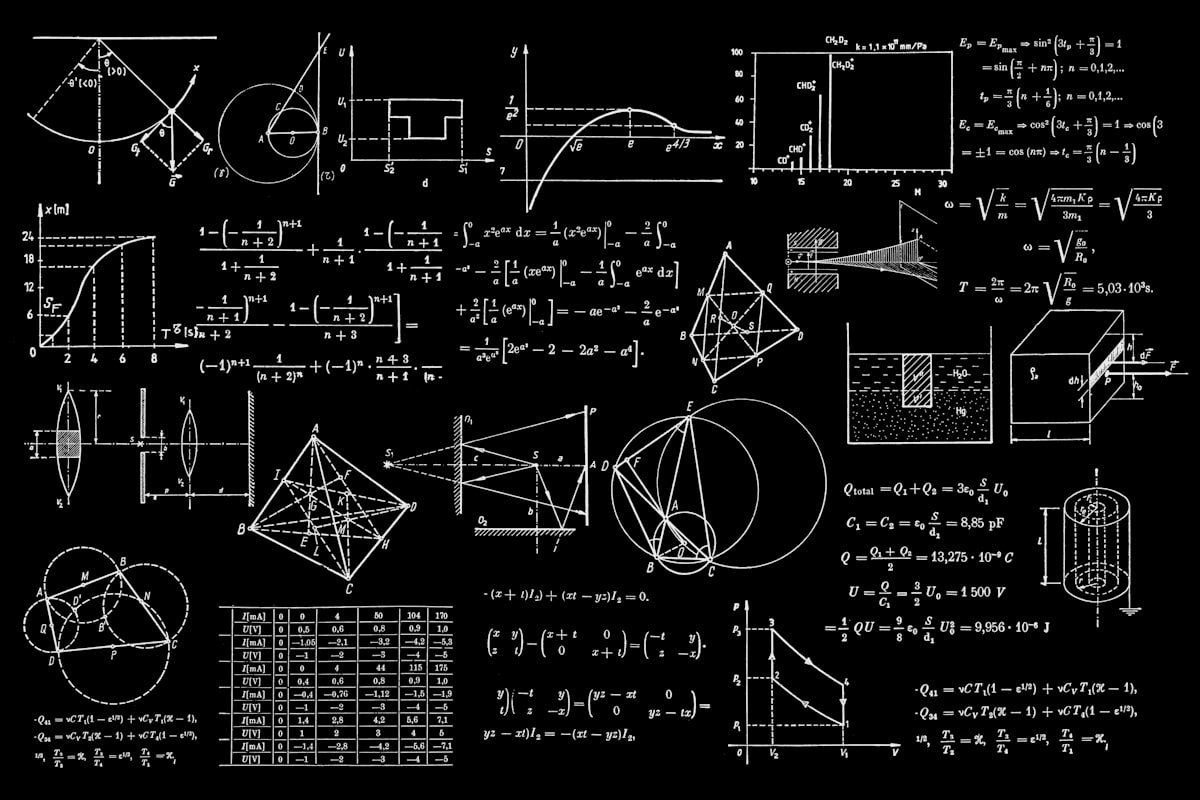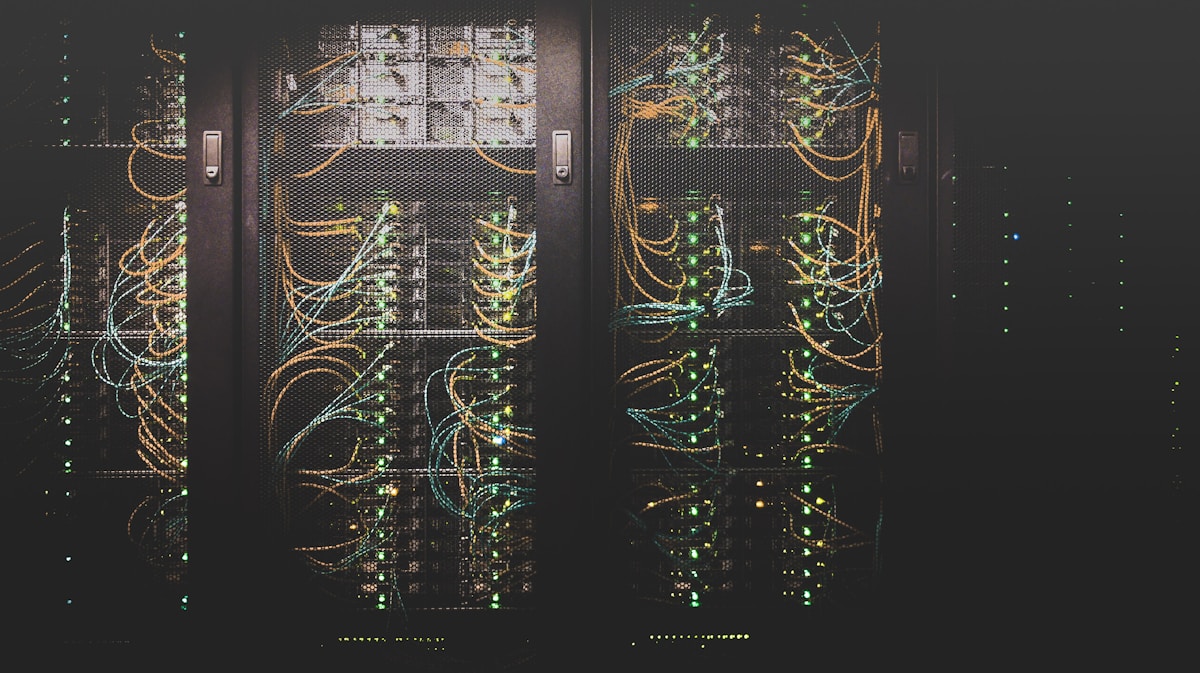
Q-Day is Coming: The Quantum Encryption Apocalypse Explained
Jean Louis
Q-Day approaches as quantum computers threaten to break encryption. Learn about the timeline, NIST post-quantum cryptography standards, and how to protect your data from harvest-now-decrypt-later attacks in 2025.
Q-Day is Coming: The Quantum Encryption Apocalypse Explained
The cybersecurity world is facing an unprecedented threat that could render all current encryption methods obsolete overnight. This threat has a name: Q-Day (also known as Y2Q) — the day when quantum computers become powerful enough to break the encryption protecting virtually all digital communications.
Recent developments in November 2025 have accelerated Q-Day concerns, with Google publishing theoretical results showing a quantum computer with 1 million noisy qubits could crack 2,048-bit RSA encryption in just one week. This represents a 20-fold improvement over Google's 2019 calculations.
What is Q-Day?
Q-Day refers to the moment when Cryptanalytically Relevant Quantum Computers (CRQCs) achieve sufficient power to break widely-used public-key cryptography algorithms like RSA, ECC (Elliptic Curve Cryptography), and Diffie-Hellman key exchange.
Conservative estimates now place Q-Day less than three years after quantum computers achieve quantum advantage in factoring algorithms. With major breakthroughs from companies like Quantinuum and Nvidia in 2025, this timeline is shrinking rapidly.
The Harvest-Now-Decrypt-Later Threat
Looking for more ai & machine learning recommendations? Check out our comprehensive guide: ChatGPT vs Claude vs Gemini: The Ultimate 2025 AI Showdown
One of the most insidious aspects of the quantum threat is the "harvest now, decrypt later" strategy. Adversaries are already collecting encrypted data today with the intention of decrypting it once quantum computers become available.
What This Means for You:
- Healthcare Records: Medical data encrypted today could be decrypted in 5-10 years
- Financial Transactions: Bank records and transactions are being stored by attackers
- Government Communications: State secrets and classified information are at risk
- Business IP: Trade secrets and proprietary information could be exposed
According to Cloudflare's October 2025 report, over half of human-initiated traffic is now protected with post-quantum encryption, showing significant industry progress.
Major 2025 Developments Accelerating Q-Day
1. Nvidia's Quantum Strategy Shift
In a dramatic reversal, Nvidia CEO Jensen Huang announced NVQLink in November 2025, enabling Quantum Processing Units (QPUs) to connect directly with Nvidia GPUs. Earlier this year, Huang stated useful quantum computing was 15-30 years away, but recent demonstrations forced a strategic pivot.
Why This Matters: The convergence of GPU acceleration and quantum computing could dramatically accelerate quantum algorithm development.
2. Quantinuum's Helios Launch
Quantinuum unveiled Helios, the world's most accurate general-purpose commercial quantum computer, with immediate availability to customers including:
- Amgen (pharmaceutical)
- BMW Group (automotive)
- JPMorganChase (finance)
- SoftBank Corp (technology)
This marks quantum computing's transition from research to commercial deployment.
3. Improved Quantum Algorithms
Cloudflare reported a "giant leap in progress towards Q-day" due to improved quantum algorithms. Google's theoretical work shows:
- Previous estimate (2019): Unknown timeline
- Current estimate (2025): 1 million qubits = 1 week to break RSA-2048
- Improvement: 20x faster than previous calculations
NIST Post-Quantum Cryptography Standards
The National Institute of Standards and Technology (NIST) has been working to establish quantum-resistant encryption standards:
August 2024 Standards
NIST approved three post-quantum cryptography algorithms:
-
ML-KEM (Module-Lattice-Based Key-Encapsulation Mechanism)
- Used for: General encryption and key exchange
- Replaces: RSA and Diffie-Hellman
-
ML-DSA (Module-Lattice-Based Digital Signature Algorithm)
- Used for: Digital signatures
- Replaces: RSA and ECDSA
-
SLH-DSA (Stateless Hash-Based Digital Signature Algorithm)
- Used for: Digital signatures (backup)
- Replaces: RSA and ECDSA
March 2025 Update: HQC Algorithm
NIST selected HQC (Hamming Quasi-Cyclic) as a fifth algorithm for standardization, serving as a backup defense in case quantum computers eventually crack ML-KEM.
Step 1: Understand Your Current Encryption
Audit all systems using RSA, ECC, or Diffie-Hellman key exchange. These are vulnerable to quantum attacks.
Step 2: Prioritize Critical Systems
Start with systems handling:
- Long-term secrets (10+ year sensitivity)
- Healthcare data (HIPAA compliance)
- Financial transactions
- Government/defense systems
Step 3: Implement Hybrid Cryptography
Use both classical and post-quantum algorithms during transition period for defense-in-depth.
Step 4: Monitor NIST Standards
Track finalization of HQC and other PQC standards at nist.gov
Government Mandates and Timelines
National Security Memorandum 10
The U.S. government has established 2035 as the target year for completing migration to post-quantum cryptography across all Federal systems.
Key Requirements:
- All federal agencies must adopt PQC by 2035
- Critical systems should prioritize earlier adoption
- State and local governments encouraged to follow timeline
Industry Compliance
According to Gartner, by 2026, 20% of organizations plan to dedicate fixed budgets specifically for countering quantum-related threats.
How to Protect Against Q-Day
For Organizations
Before
After
Implementation Checklist
- [ ] Inventory Current Cryptography: Document all encryption used
- [ ] Assess Risk: Identify data with long-term sensitivity
- [ ] Test PQC Algorithms: Evaluate ML-KEM and ML-DSA in non-production
- [ ] Plan Migration: Create roadmap with milestones
- [ ] Train Teams: Educate developers on PQC best practices
- [ ] Monitor Threats: Track quantum computing advances
- [ ] Budget Allocation: Reserve funds for PQC transition
For Developers
// Example: Using post-quantum cryptography with hybrid approach
import { kyber } from '@noble/post-quantum/kyber';
import { rsa } from 'crypto';
// Hybrid key exchange: Classical + Post-Quantum
async function hybridKeyExchange() {
// Generate Kyber (PQC) keypair
const kyberKeypair = kyber.KeyGen();
// Generate classical RSA keypair (for transition period)
const rsaKeypair = await rsa.generateKeyPair();
// Use both for defense-in-depth
return {
classical: rsaKeypair,
postQuantum: kyberKeypair
};
}
Industry Leaders Taking Action
Cloudflare
- Over 50% of traffic now uses post-quantum encryption
- Deployed PQC across global network
- Published comprehensive migration guides
Google Cloud
- Announced quantum-safe digital signatures (February 2025)
- Supports ML-KEM and ML-DSA in Cloud KMS
- Free tier available for testing
IBM Quantum Safe
- Enterprise migration toolkit
- Cryptographic inventory tools
- Risk assessment framework
Accenture
- Quantum readiness reviews
- PQC implementation services
- Industry-specific solutions
The Economic Impact
The global quantum computing market reached $1.8-3.5 billion in 2025, with projections of $5.3 billion by 2029. This growth is driving massive investment in both quantum computing development and quantum-safe security solutions.
Cost of Inaction
Organizations failing to prepare for Q-Day face:
- Data Breach Costs: Average $4.45 million per breach (IBM 2024)
- Compliance Penalties: GDPR fines up to 4% of global revenue
- Reputation Damage: Loss of customer trust
- Intellectual Property Theft: Unquantifiable long-term damage
FAQ: Q-Day and Quantum Threats
While no one knows the exact date, conservative estimates place Q-Day within 8-12 years as of 2025. However, recent breakthroughs by Quantinuum, Nvidia, and improved algorithms are accelerating this timeline. Some experts believe it could occur within 5-7 years.
Not necessarily. If your encrypted data has been harvested by adversaries (harvest-now-decrypt-later attacks), it will be vulnerable once quantum computers achieve sufficient power. Data encrypted today with RSA or ECC could be decrypted within the next decade.
No. Current quantum computers are not yet powerful enough to break real-world encryption. However, the gap is closing rapidly, which is why migration to post-quantum cryptography needs to begin now.
Hybrid cryptography combines classical encryption (RSA/ECC) with post-quantum algorithms (ML-KEM/ML-DSA) during the transition period. This provides protection against both current and future quantum threats.
Not immediately, but you should start planning and testing. Prioritize systems with long-term data sensitivity (10+ years) and critical infrastructure first. The NSA recommends beginning migration by 2026 for critical systems.
Conclusion: The Time to Act is Now
Q-Day is no longer a distant theoretical threat — it's an approaching reality that demands immediate action. With major technology companies investing billions in quantum computing and achieving breakthrough milestones throughout 2025, the timeline to cryptographically relevant quantum computers is shrinking.
- Q-Day could occur within 5-10 years based on current progress
- Harvest-now-decrypt-later attacks are already happening
- NIST has approved post-quantum cryptography standards (ML-KEM, ML-DSA, HQC)
- Federal systems must migrate to PQC by 2035
- Organizations should begin planning and testing PQC implementations now
The transition to post-quantum cryptography represents one of the largest security migrations in history. Organizations that begin preparing now will be protected when Q-Day arrives. Those that wait risk catastrophic data breaches, regulatory penalties, and loss of competitive advantage.
The quantum threat is real, and the clock is ticking. Don't wait until it's too late.
Want to learn more about protecting your organization from quantum threats? Check out our related guides on implementing NIST PQC standards and evaluating post-quantum cryptography solutions for enterprise deployments.
Related Articles

ChatGPT vs Claude vs Gemini: The Ultimate 2025 AI Showdown
Complete comparison of ChatGPT, Claude, and Gemini in 2025. Discover which AI is best for coding (Claude 4), research accuracy (ChatGPT leads at 60%), multimodal tasks (Gemini 2.5), pricing, features, and real-world use cases. Plus: Claude has 400M users, while ChatGPT introduced killer Memory feature.

OpenAI AWS Partnership Explained: The $38B Deal That's Reshaping AI
OpenAI just signed a $38B deal with AWS, breaking Microsoft's AI monopoly. Here's what this means for ChatGPT, the AI industry, and you.

Best Wireless Earbuds 2025: Tested by Audio Experts
We tested 50+ wireless earbuds to find the absolute best in 2025. From AirPods Pro 3 to Sony WF-1000XM5, discover the perfect earbuds for sound quality, ANC, battery life, and value.
Written by
Jean Louis
Tech enthusiast and professional developer sharing insights on modern web development.
Comments (0)
Join the discussion and share your thoughts
You must be logged in to post a comment.
Sign In to CommentNo comments yet. Be the first to share your thoughts!